
OR
High-level EC team off to India to study EVMs
Published On: July 13, 2017 02:15 AM NPT By: Bhadra Sharma
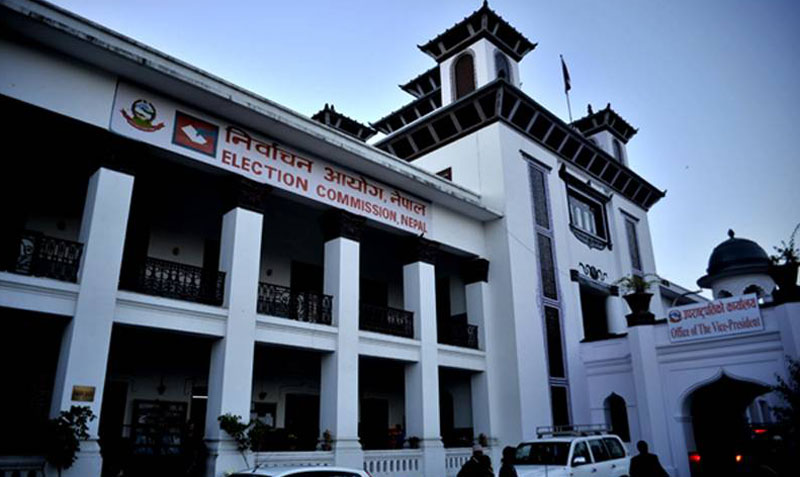
KATMANDU, July 12: A high-level team of Election Commission (EC) has left for India to study feasibility of Indian Electronic Voting Machines in upcoming provincial and parliamentary elections.
The four-member study team headed by Laxmi Prasad Yadav, EC's IT division chief, has been mandated to study two Indian firms within seven days and present report shortly after returning to Nepal. The team includes election body's foreign relations division chief Nawaraj Dhakal, computer engineer Sameer Thapa and under-secretary Desh Bandhu Adhikari.
According to EC Spokesperson Surya Prasad Sharma, the team will visit Bharat Electronic Limited, Bangalore and Electronic Corporation of India, Hyderabad. Both the companies are certified by the Election Commission of India. Nepal had used machines manufactured by these companies in 2008's Constituent Assembly elections.
As part of digitizing the upcoming provincial and central parliamentary elections, the election body wants to purchase electronic voting machines from India if they are compatible in the Nepalese context. “Our study team has left for India and we will decide whether to purchase the Indian machines or not soon after they return back,” said Spokesperson Sharma.
Backtracking from its controversial move to purchase EVMs from Smartmatic, a UK-based voting machine supplier, the election body has made up its plan to purchase Indian machines. Chief Election Commissioner Ayodhee Prasad Yadav had also visited these firms a year ago.
Earlier this month, a board meeting of the EC had decided to send high-level team to India. Election commissioners believe that the use of EVMs will help conduct elections efficiently and bring down the election expenses significantly.
CEC Yadav said the EC is for signing a deal directly with the Indian government to purchase the machines if the study team gives its go-ahead. The EC had first used Indian EVMs in Kathmandu's constituency 1 during the 2008 election. As it wasn't challenged by any one, it was used in the election constituencies after six months of the election. The Indian government had provided 1200 EVMs to help Nepal in digitizing the election process.
In the second CA elections in 2013, the EC was unable to use the Indian EVMs as these machines were unable to accommodate large number of political parties contesting in the elections. At that time, Indian-manufactured EVMs could accommodate only up to 64 parties at the most while altogether 122 political parties were registered with the EC. The EC couldn't use Indian EVMs as, in accordance with the election laws, it must accommodate all parties registered with it under the proportional representation electoral system.
Informed sources at the EC said the recently modified Indian machines can accommodate up to 128 political parties, so they can be used in Nepal. Unlike during the previous elections, the number of Nepal's political parties are likely to decrease significantly as the election law has introduced threshold provision for the parties to get national status.
“Since the government is enforcing threshold provision, the number of parties will not be so high and the Indian machines can work this time,” said Election Commissioner Ishwari Paudyal.
You May Like This
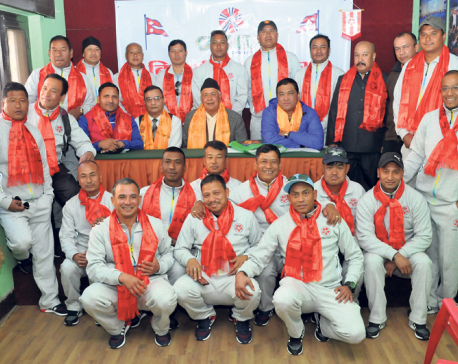
Nepali veteran football team off to India
KATHMANDU, Jan 19: A team of veteran footballers representing Nepal has left for Kolkata, India on Wednesday to take part in... Read More...

EC forms three-member monitoring team to investigate into Chitwan incident
KATHMANDU, May 29: The Election Commission has formed a three-member monitoring team to carry out investigation into the incident related... Read More...

Judo team off to Russia
KATHMANDU,July 4: A three-member judo team, including two players, on Monday left for Yakutsk city of Russia to take part... Read More...



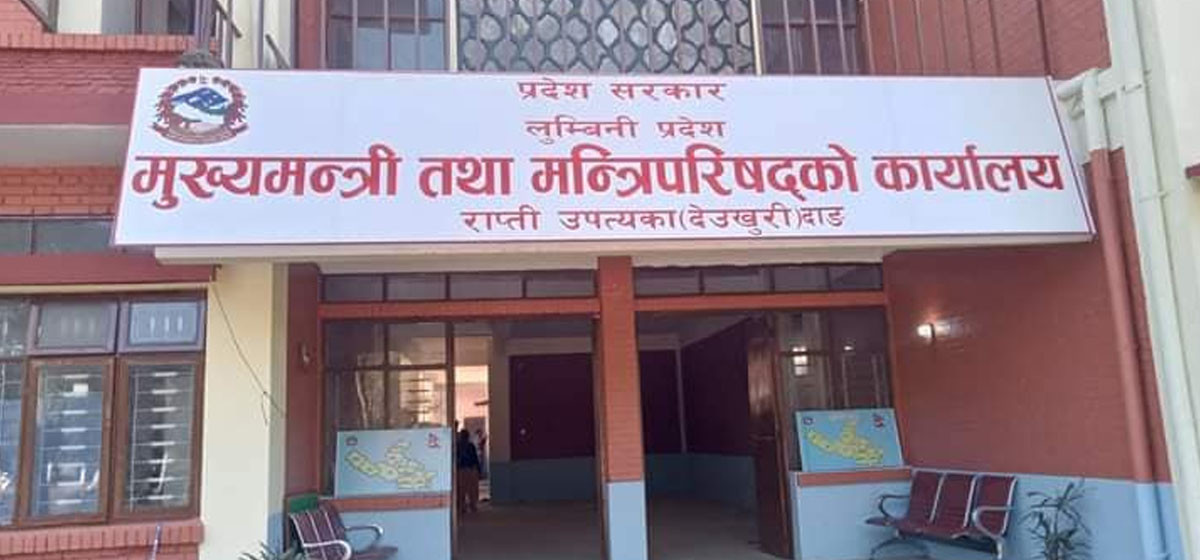
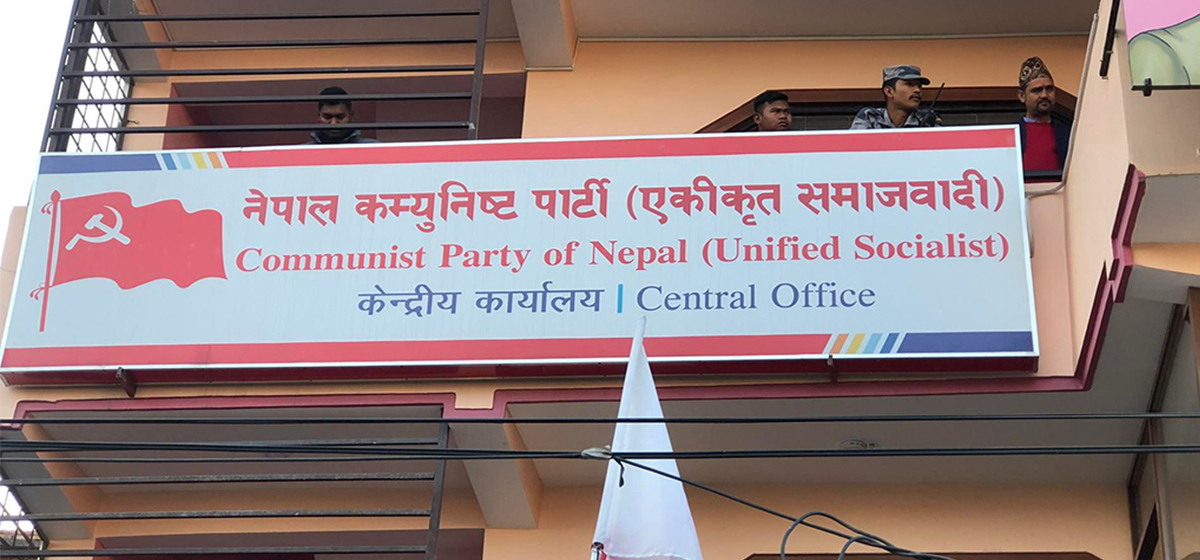

Just In
- Gold price falls by Rs 600 per tola
- Dr Anjan Shakya nominated as National Assembly member
- Special session of Koshi Province Assembly begins
- Lumbini Province: Three UML, one NUP leaders to take oath as ministers without portfolio today
- Unified Socialist’s general convention from June 30
- Former Indian Foreign Secy Shringla highlights India's strategic engagement with neighboring Nepal
- iPhone 14 Pro Max-shot Nepali film 'A Place Under the Sun' set for global OTT platform release
- Vitamin A being administered to children across Nepal







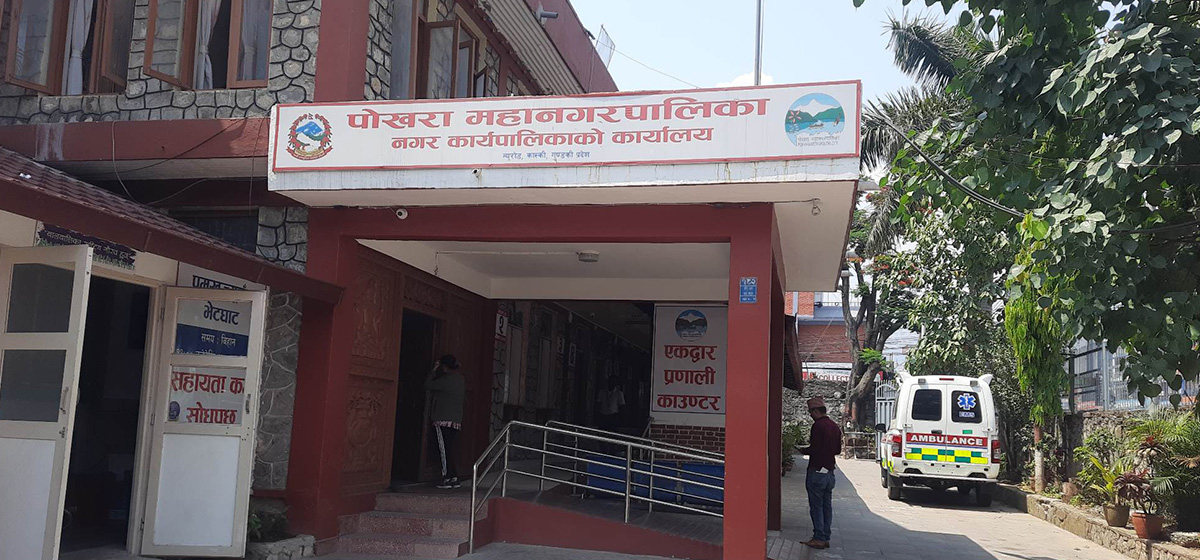

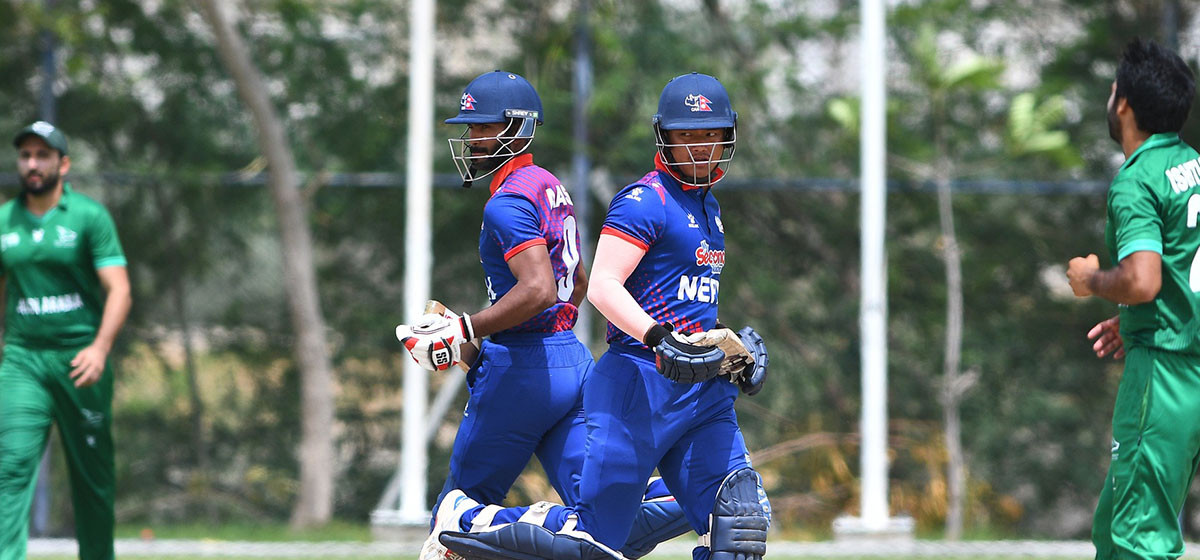

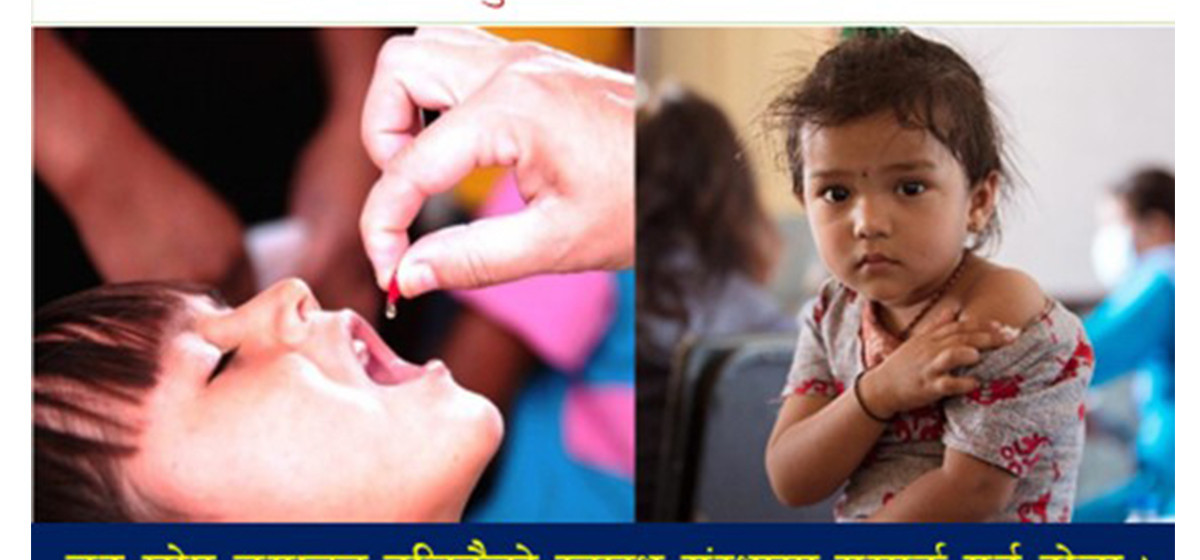
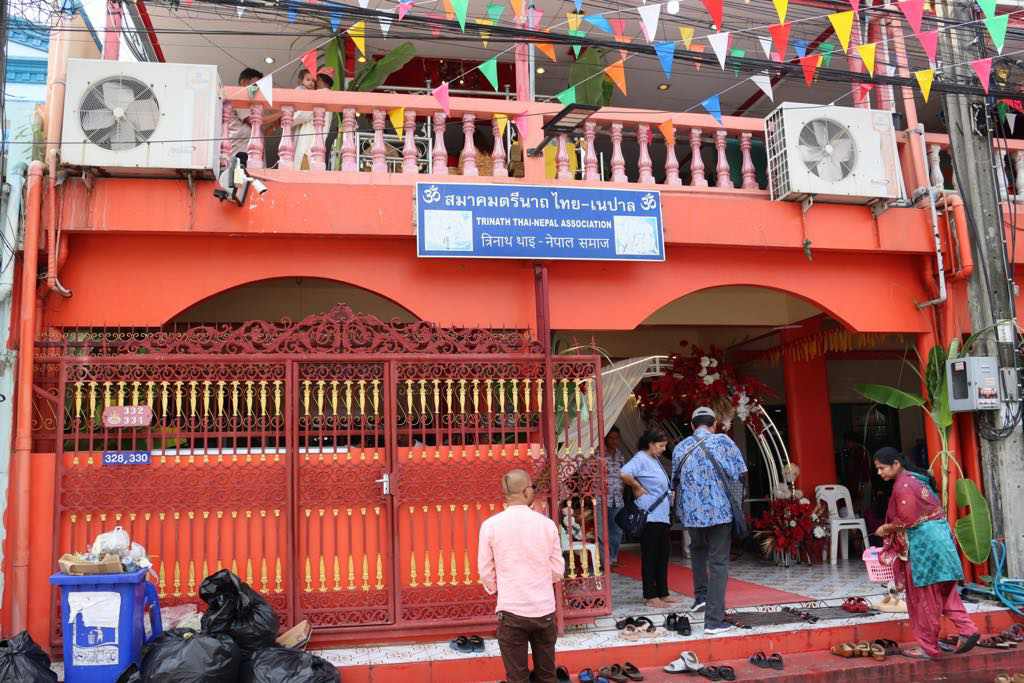
Leave A Comment